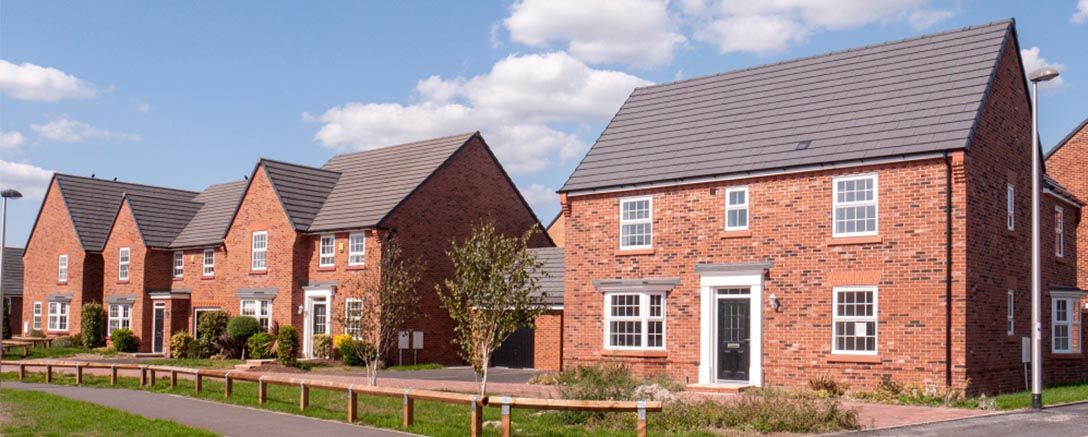You’ve done your research, found a property, and are ready to invest in real estate.
But first, you need a mortgage.
As a first-time investor, you’re likely over your head in research about the best loan deals, interest rates, and refinancing options. Your mortgage payments will make up a considerable portion of your monthly revenue, so it’s important to know you aren’t paying more than you need to be.
Mortgage interest is one of the ways property loans can become complex. Interest rates vary with mortgage type and down payment amounts, and they can also change across the loan’s lifespan.
How much do you know about mortgage interest?
Below is an overview of mortgage interest and how to achieve the best rates for your property.
What is Mortgage Interest/API?
Mortgage interest is a percentage of your mortgage loan added to your debt annually. Lenders charge interest on the loan to compensate for the effects of inflation over time as well as motivate borrowers to pay off their loans.
The total amount of interest charged on your loan at the end of the year is called the annual percentage rate, or APR. APR considers only simple interest, not compounded.
Interest rates vary widely across lenders and loans. Generally, lower interest rates accompany loans with higher down payments and trustworthy borrowers while higher interest rates are common for borrowers who put down less money up front.
Which Mortgage Types Have the Lowest API?
There are many types of mortgages: fixed-rate, adjustable-rate, conventional, nonconforming, government-insured, and more.
Every mortgage type has a different average API. Fixed-rate mortgages tend to have low, unchanging interest rates. According to Nerd Wallet, the average interest rate for 30-year fixed rate mortgages is currently 5.553%. The rates for 15- and 20- year fixed rates are slightly lower, at 4.648% and 5.274%, respectively.
Many landlords choose 15- or 30- year fixed rate mortgages to lock in low interest rates up front.
Adjustable-rate mortgages, or ARMs, are another common option. ARMs often have below-average interest rates (2-5% for 3- and 5- year loans), but these rates are not fixed. Instead, they change periodically (usually annually).
You may also choose a conventional, nonconforming, or government-insured loan. Conventional loans are private mortgages via a bank or credit union, which tend to have high, fixed interest rates. Nonconforming loans have strict requirements and are primarily for luxury properties. Government-insured loans (financed by the FHA, USVA, or USDA) have average rates between 4% and 6%. However, they also have unusually low down payment requirements, even as low as 3.5%.
Down Payments
As mentioned, one of the primary factors influencing your interest rate is the size of your down payment.
A down payment is the portion of the cost of a property you pay up front. It’s generally advised to make a down payment of at least 15% to 20% of the total cost.
Higher down payments make you are more trustworthy borrower. You’ve invested more equity in your home and have less to pay off throughout the loan’s term. This makes you attractive to lenders, who will assume less financial risk and likely be more willing to lower interest rates.
Lower down payments do exactly the opposite. If you’re only willing to put down 10% of the cost of a property, a lender has less reason to believe you will be able to afford future payments. By lending to you, they’ll have to assume most of the financial risk, which means they will likely increase your APR to compensate.
However, you will have more financial flexibility with a lower down payment since you didn’t convert as much cash into home equity. A lower down payment might be worth the higher interest rates if you have major expenses upcoming for which you need cash (such as renovations or improvements).
You can always refinance your loan for lower interest rates later.
Tips for Low API
As you can see, interest rates play a huge role in the cash you’ll have available for improvements, operating expenses, and other expenses. Here are some tips for achieving the lowest API possible:
- Improve your credit score. Higher scores make you more trustworthy as a borrower, meaning banks will assume less risk and offer you lower rates.
- Lock in your interest rate. If your lender offers a rate lock, you can pay a fee to finalize a rate you’re happy with.
- Choose a shorter loan term. Shorter loans are less risky for lenders, so they typically have lower interest rates.
- Purchase discount points. Discount points are worth 1% of your mortgage. Buying these up front helps reduce your interest and monthly payment rates.
- Refinance your loan. If you aren’t happy with your current loan, you can always renegotiate your mortgage terms for find another altogether.
Conclusion
Financing a rental property is a learning curve for many new landlords. With so much to learn about interest rates, down payments, and refinancing, it may seem more difficult than you bargained for. However, by understanding and researching your options as you are now, you’ll know how to find the best deals for your new rental property.











Discussion about this post